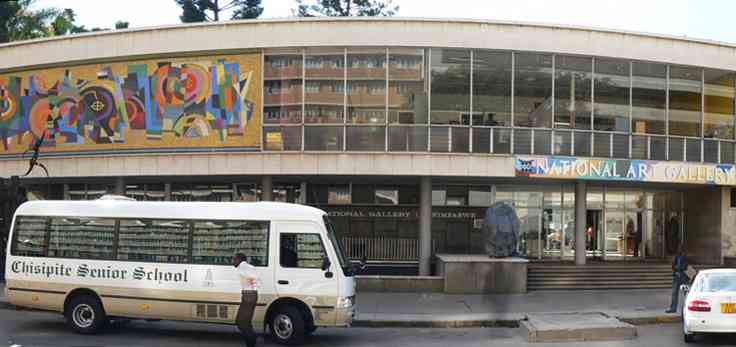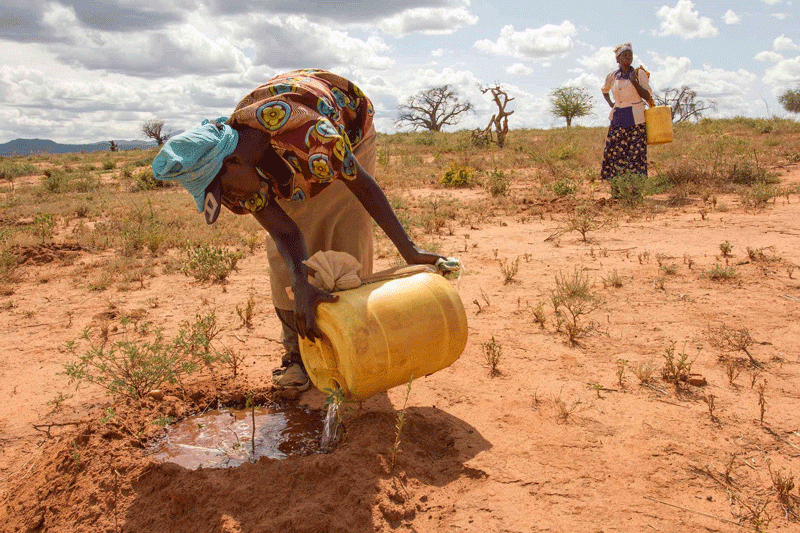
WHEN artists excel in their different genres, no doubt they must be recognised for their efforts. Some visual artists were recently honoured at the inaugural Zimbabwe Visual Art Awards at the National Gallery in Harare.
Victor Nyakauru was the overall winner at the awards and walked away with the grand prize of $1 million. The first prizes went to Ngonidzashe Tsiga (sculpture) and Beattie Munodawafa (Architecture), Petros Mwenga (painting), Dumisani Ndlovu (printmaking) and Semina Mpofu (mixed media).
Second prizes were awarded to Rickson Zivare (Sculpture and Sculptural Installations), Mukudzei Muzondo (assemblage), Keith Zenda (painting), Grace Nyahangare (printmaking) and Damien Grant (mixed media).
Third prizes were taken by Daniel Chimurure (painting) and Johnson Mugabe (mixed media).
However, there was consensus among artists that art is not a competition as there may be a false notion that those who did not receive accolades did not create successful artworks.
While the winning artists deserve recognition and accolades, the quality of work that was on display at the exhibition proves that the adjudicators did not have an easy time picking the winners. The exhibition, which drew entries from around the country, is a great example of what the country has to offer in the field of visual arts.
NewsDay Life & Style takes a look at some of the works that were exhibited, but did not attract accolades.
Gregory Shaw’s War Table inverts the gaze by forcing the audience to look down instead of up against the wall. The viewer’s perception is recalibrated as they observe the artwork on the black table like a board game.
- Mavhunga puts DeMbare into Chibuku quarterfinals
- Bulls to charge into Zimbabwe gold stocks
- Ndiraya concerned as goals dry up
- Letters: How solar power is transforming African farms
Keep Reading
Clusters of black menacing horns seem to sprout from the table like tentacles of a monster emerging from a dark pit. War Table seems to portend some evil premonition. The audience may be a little unnerved, but will find themselves irresistibly drawn to the piece out of morbid fascination.
Takudzwa Leeroy Guzha’s Takajegera is a heartbreaking concept of an amputated leg that is shackled and chained. The black boot suggests the leg might belong to a blue-collar worker. Kujegera in urban lingo means hanging by a whisker, or standing on the edge of a precipice. The artist elicits empathy from the audience through the use of first-person plural. The title encompasses the author, the viewer and other people. It refers to a situation that many people have experienced. In the Shona idiom such empathy may tend towards activism.
Tarisai Gweje’s Achirongo is a pared down conceptual garment. The one piece appears to have been inspired by traditional animal skin clothing for women. It is embellished with beads and cowries in interesting patterns.
The fringes of the leather piece are wavy and may allude to indigenous flora or the waves on water bodies from which the cowries were retrieved. The masterfully understated garment exudes sexual allure suggested by dark beads on the lower part of the abdomen, and the mulberry nipples on the bodice. From the artist's background the title refers to the first wife in the king’s harem who has authority to make decisions over other wives. Here, the title becomes a term of endearment that honours a woman’s unabashed sexuality.
The title to Chengetai Julius Nyambuya’s Bloody Cyclone Floods piece sounds like a choice made after the work was completed.
The drip and pour abstract technique would be hard to master from a preconceived idea. Nyambuya might have stood back from the artwork and was reminded of a tragedy from a natural disaster.
It speaks to a deep intuition in his practice. Swirls of blue representing water, and the white for the foam are speckled with black and grey.
Splattering of red tear-jerking symbols of broken bodies and loss of life. A Zimbabwean audience will easily connect this work with recent disasters wrought by cyclones in the eastern region of the country, neighbouring countries, and elsewhere on the globe.
The piece Zvandisunga Midzimu Yafuratira is a mouthful of a sentence that makes up the title to Tafadzwa Mareera’s mixed media work. The piece is an interesting object, which looks both like a tool and a weapon.
Made from found objects including wood, bone, plastic, metal, string and fabric, it is indescribable in a way that reflects the despondency in the title. The Shona figure of speech is a lamentation from one bound in misfortune, and feeling rejected as if the ancestors have turned their backs.
The lyricism of the statement may invoke humour or tragedy. But the ceremonial black and white spotted cloth, and the red and black retro cloth remind the viewer of the gravity of the situation.
Kilson Kabhachi’s Shiri Inozongofa is a large colourful painting of people taking drugs. The young men and women seem to be properly groomed and well to do.
A casual glance might mistake this depiction as glorification of a vice. In a subtle way, Kabhachi might be taking a dig at the middle class. The picture upends a common belief that drugs are taken by urban youths from poor backgrounds that have dropped out of school, are unemployed, and have become career criminals.
One subject in the painting is seen in a stupor and falling off a chair, a couple seems to be having an altercation and heartbreakingly a pregnant woman walks into this toxic scene. The Shona title, which literally translates to “the bird eventually dies”, is a determinist urban expression that speaks to vulnerability and mortality.







